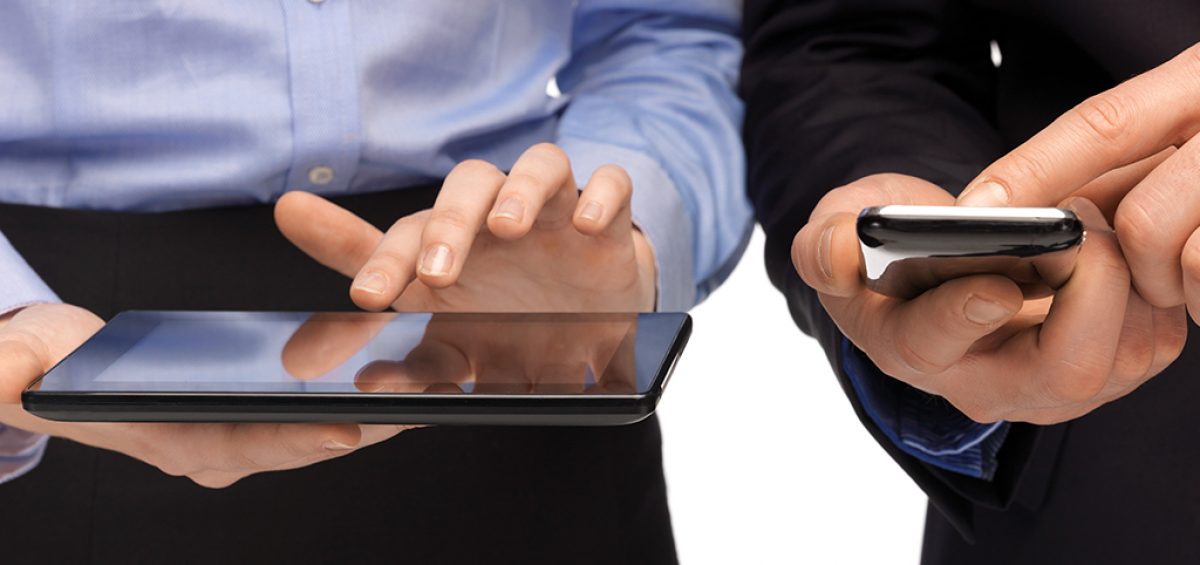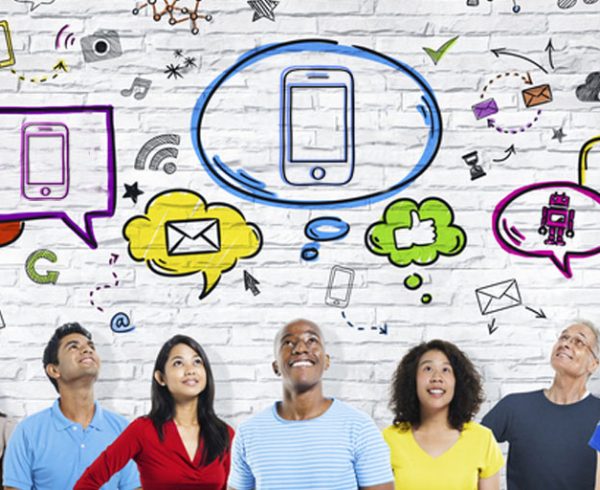The proliferation of mobile devices and their increasing capabilities have built the case for mobile learning, also known as mLearning. According to a recent report, the number of mobile users worldwide in 2019 is expected to pass the 5 billion mark. As the power, functionality, and affordability of these mobile devices increase, so does their role to support training and education.
The Global Human Capital Trends report by Deloitte shows that mobile learning now features among the top 3 business development priorities for companies and ranks only behind the need for seamless business alignment and improved data mining.
Mobile learning is often confused with eLearning; however, there is a major difference between the two. In the case of eLearning, the course content is designed for a longer time duration because people can sit for long hours in front of their laptops and desktops. Mobile learning, by its very nature, is untethered and can be done anywhere, anytime.
This difference necessitates a difference in approach to the creation of learning modules – an eLearning module can be two to three hours long; however, people are unlikely to stare at their phone screens for such a long duration. As a result, mLearning modules have to be concise and in the form of micro-nuggets that can be easily consumed and absorbed in small bites while waiting for the bus, commuting to and from the office, or on a job site.
Apart from mLearning, there is another concept, called microlearning. Microlearning is a way of teaching content to learners in small and very specific nuggets or micro bites. In fact, microlearning is fast gaining currency, given the evolving learning and retention habits of the new tech-savvy generation flooded with information and diversions.
So, is micro-learning the same as mobile learning? While they are similar in their ability to allow content to be tailored to learners’ specific needs, there are also some differences between them. Let us now look at both the similarities and differences between mLearning and microlearning.
Similarities between MicroLearning and Mobile Learning (MLearning):
These are some of the similarities between microlearning and mobile learning.
1. User Pacing:
The content is designed in a way to allow the learners to move at their own speed – they can take breaks or power through the entire nugget at one go.
2. Reformatted eLearning Content:
The content is designed in a way that it is ready for use on both smartphones and laptops without any compromise in reading quality.
3. Search Functions:
Both have search functionality that allows users to retrieve information via querying the content database or repository.
4. Flexible Content Design:
Both microlearning and mobile learning keep learners engaged by using mixed media or formats of learning content delivery.
Differences between MicroLearning and Mobile Learning (MLearning):
Mobile Learning (MLearning):
Mobile learning provides contextual content, that is, content that is just in time, just enough and tailored just for the end-user. This approach to learning gives users the right information at the right time to enable them to fill knowledge gaps and efficiently perform their jobs. In mobile learning, the real mobile is the learner and not the device and so it has little to do with size, depth or interactivity of content – it’s the user’s context that makes the learning mobile.
An organization’s executive leadership, sales account executives, and field technicians and engineers are some of the people that benefit from mLearning. Such individuals are constantly on the move and need access to vital pieces of information – and they need it immediately, anytime, anywhere.
Also, since they have small windows of time available to them between their hectic schedules of appointments, travel, and commute, they seek just-in-time learning, targeted and distilled information, and the ability to learn when it is convenient for them. In other words, they seek an informal learning environment that does not take them away from the action.
Microlearning:
Microlearning, on the other hand, is a way of teaching content to learners in small and very specific nuggets or micro bites. It is essentially breaking down a large portion of content into small bites that are complete in themselves. In a world of constant diversions, limited attention span, and evolving mobile technologies, the short format has become more effective, necessitating a division of course content into small bites that can be consumed by end learners in the comfort of their own space, whether in office, home or while on the move.
Microlearning basically addresses the learning and retention habits of the millennial generation. According to studies, by 2025, millennials will make up 75% of the workforce and the average span of attention of the millennial generation is 90 seconds, thus building the case for microlearning.
Microlearning is more in tune with the 90/20/8 rule that defines the learning span of human beings. According to this rule, people are more alert during the first 8 minutes of their learning after which their attention begins to wane.
After 20 minutes, the attention span witnesses a notable dip, and once they reach the 60-120-minute range, the alertness level slips completely. A microlearning nugget is usually within a 3 to 5 minutes window, which means that learners can more effectively understand and retain their learning.
Microlearning is not just breaking an 8-hour training module into small nuggets to be consumed by learners at their own pace; in fact, each micro bite is designed to address a specific problem or a definite learner need.
Each nugget is kept as crisp as possible while ensuring that it adequately covers a specific learning objective and is easily available to the learners just in time, at the moment of their needs. Besides, the microlearning experience is action-oriented, enabling the learners to practice what they are learning in rich media formats.
Also read, how to use gamification in your corporate microlearning.
Conclusion:
Based on the above-mentioned facts, we can safely say that mobile learning and microlearning are similar in the sense that they provide bite-sized content, accessible to end-users, anytime and anywhere, and in rich media, formats to make learning more engaging.
However, they differ in terms of their goals – mobile learning aims to plug knowledge gaps and provide instant access to information that can help executives make informed decisions or help employees to fulfill their tasks efficiently. Microlearning, on the other hand, is the new approach to content delivery based on the learning and retention needs of a new generation that wants their content to be more concise, with more real-time contexts, and consumable while on the move or in the comfort of their own environment.
Whether you are looking for mobile learning or microlearning content, HurixDigital can provide you solutions tailored to your needs. We provide user-friendly, practical, broad-ranging, scalable, solutions and support for the most devices and mobile learning content types, with the content assignment, tracking, and reporting features.
Our learning solutions are designed to help your workforce to maximize productivity and minimize downtime, and access formal learning content, reference or performance support content while on the move.











